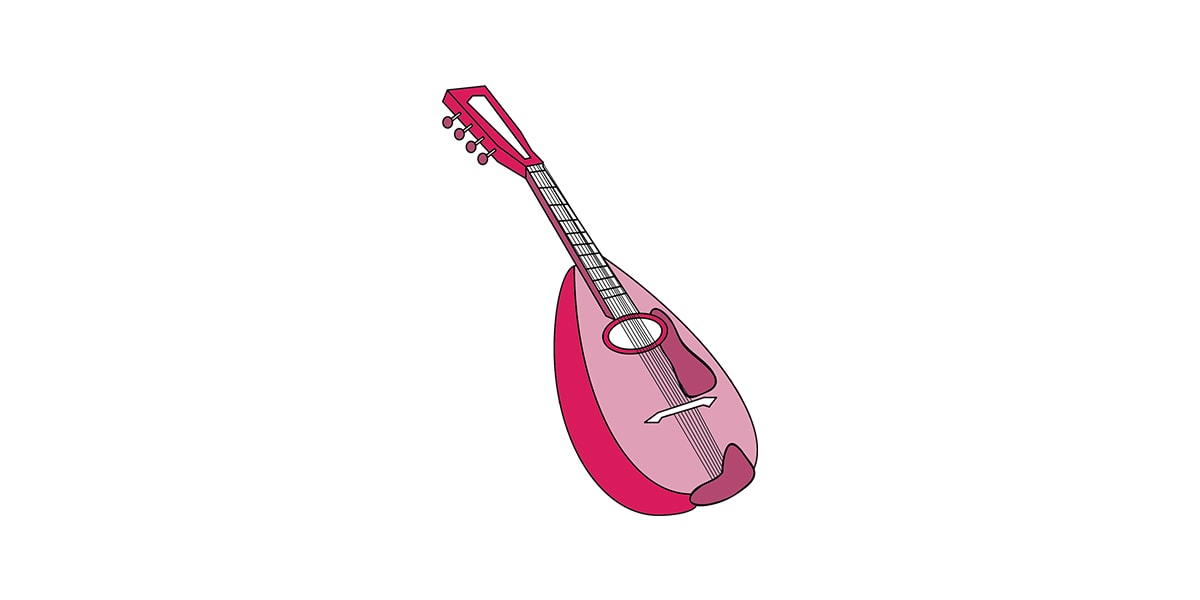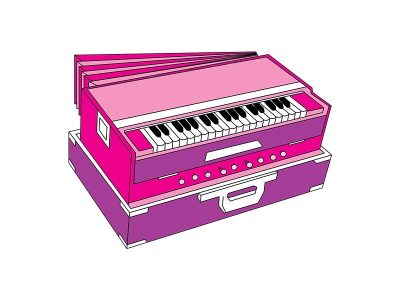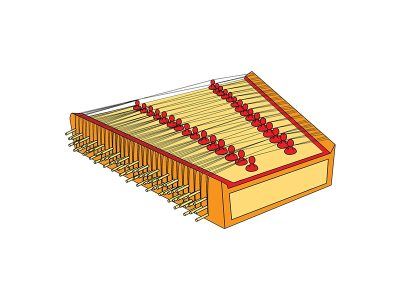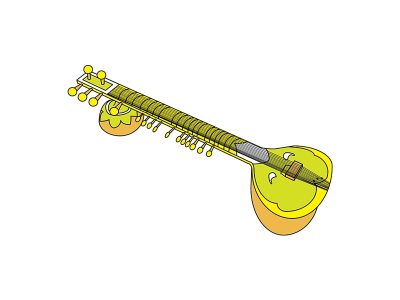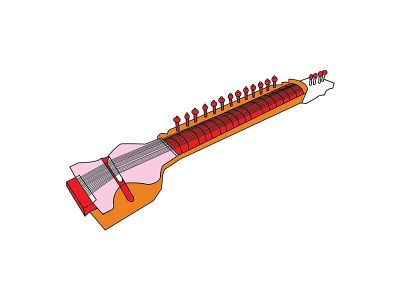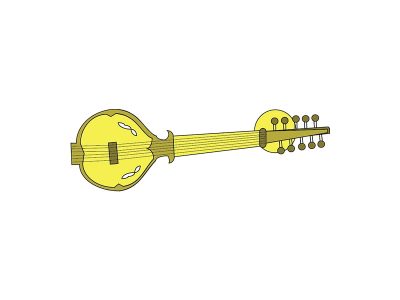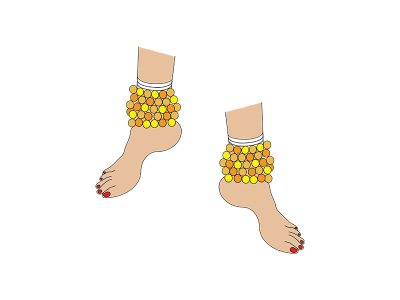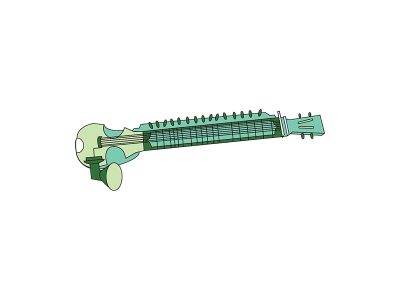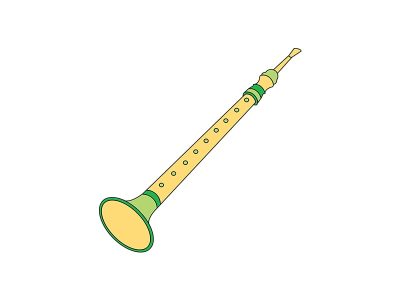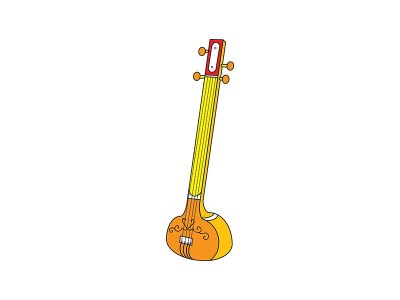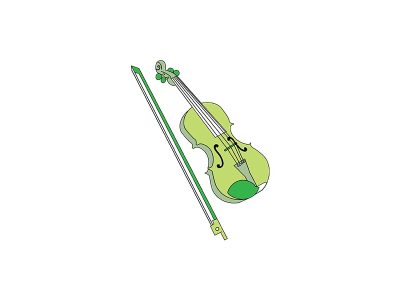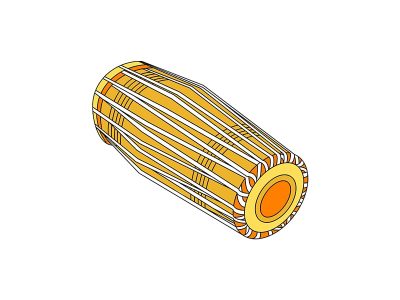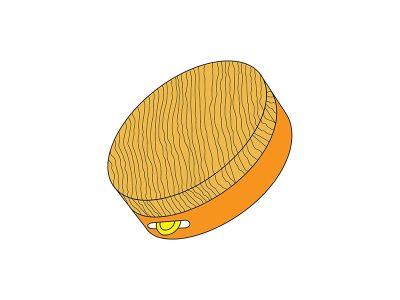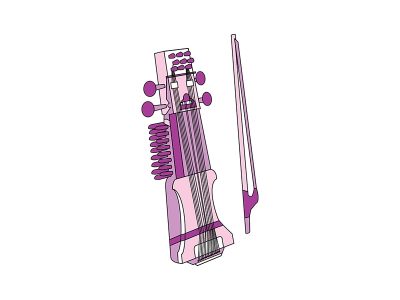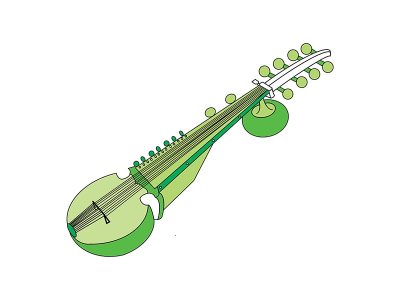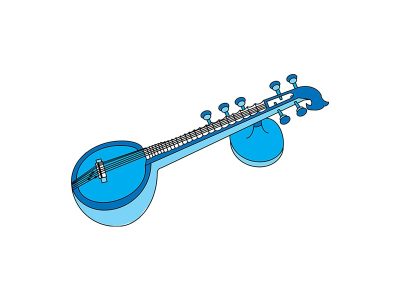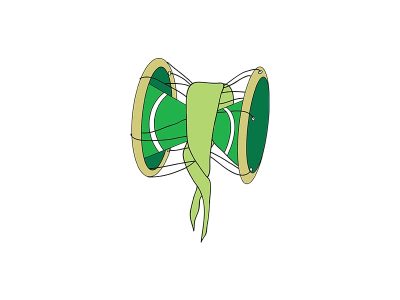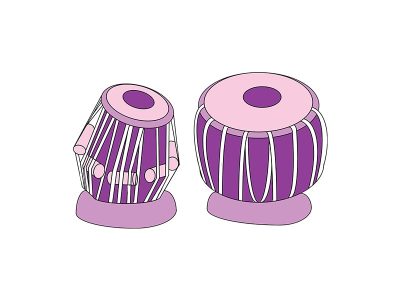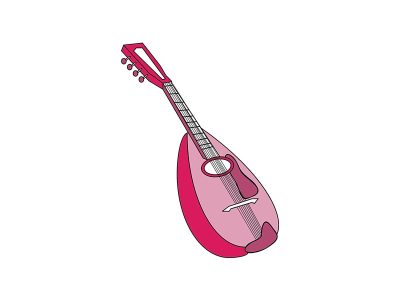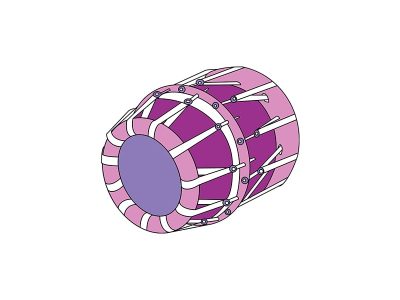What is the Mandolin?
In India, though Mandolin has been used for many years now, it was limited only to light music. There are very few musicians who play Hindustani classical music on Mandolin.
Mandolin is a musical instrument descended from the lute and so called because its body is shaped like an almond (in Italian, Mandoria means almond). Lute is the name given to the family of stringed instruments which was very popular in the 16th and 17th centuries and includes the Mandola, Theorbo and Chittarone. These are pear shaped with fretted finger board and has a head with tuning pegs which is often angled backward from the neck. The strings are plucked with fingers.
Mandola (Mandore) is the ancestor of the present Mandolin. Mandolin was first used in the early 18th century in Italy. An asset in its favour was the softness of its sound. It has four pairs of strings. Until recently, Mandoli was of only one type, that is acoustic Mandolin. It is a hollow cone and its sound was not electronically modified.
In early 1950 Mr. Tiny Moore of USA, a musician himself, first developed a single stringed solid body, the electric Mandolin.
Till the 19th century, Mandolin was a part of orchestra in the Western world. And from the beginning of 20th century it has been established as a solo instrument.
Source: https://saxonianfolkways.wordpress.com/2013/06/14/the-mandoline-in-hindustani-music/
Did you know…
The Mandolin in India was made famous by U. Srinivas.
Where it’s from

Listen to the Mandolin
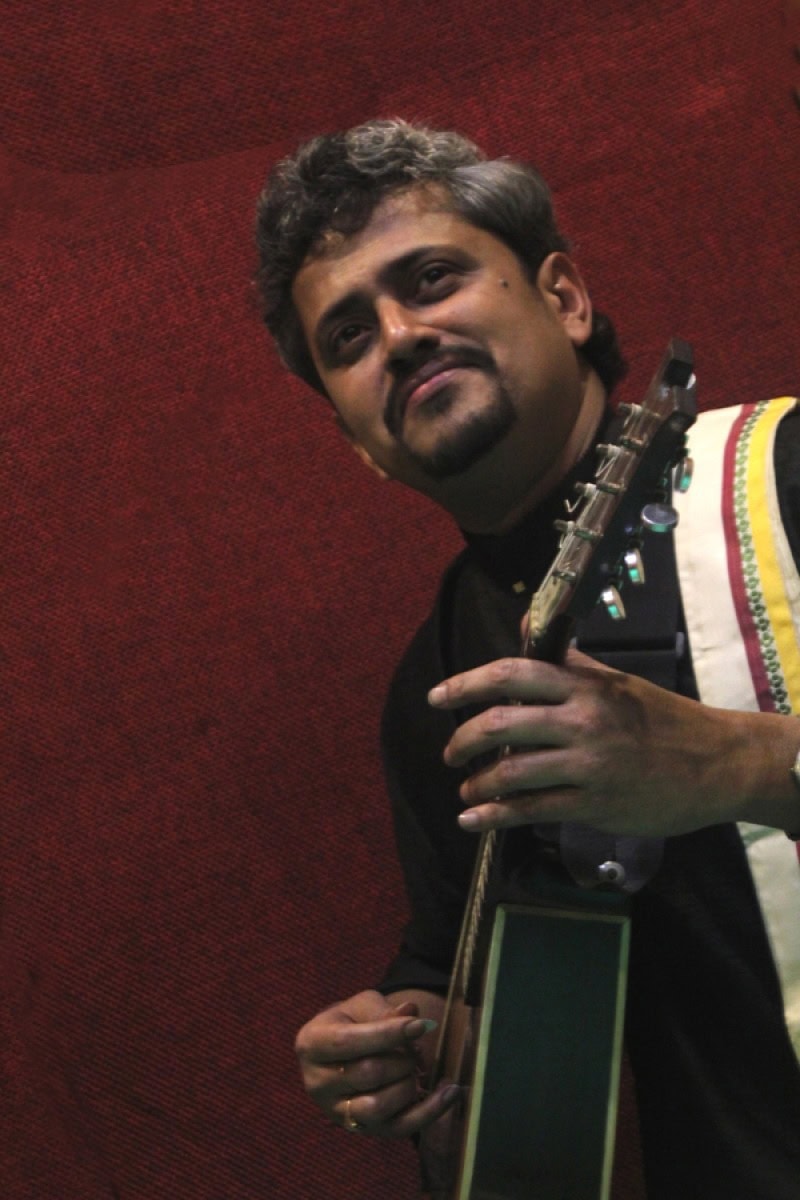
Performer Name Shashank Subramanyam
Musical Tradition South, carnatic
Website: www.shashank.org
